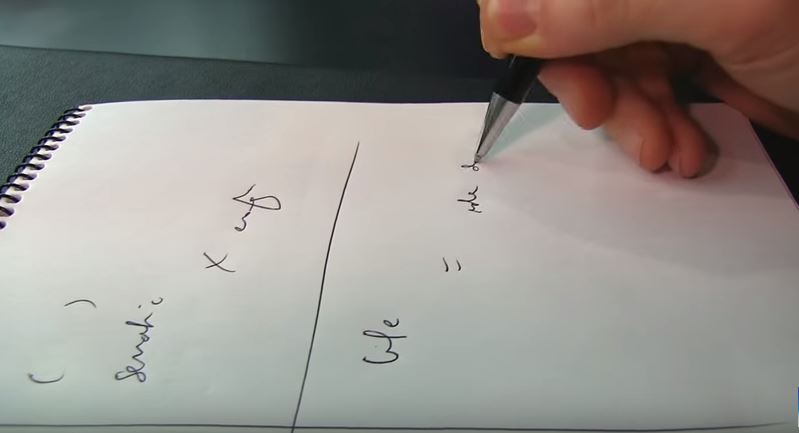What is consecutive interpreting? What does it entail?
Consecutive interpreting

This is a very brief description of consecutive interpreting for the non-initiated, and does not claim to cover everything. There are a large number of books that have been written on consecutive interpreting in general and on note-taking specifically, where much more detailed information can be found.
Consecutive interpreting is a mode of interpreting in which the speaker makes a speech (or says a few sentences) whilst the interpreter takes notes. The interpreter then reproduces what the speaker has said for the audience. He is normally standing or sitting close to the speaker, uses a pad and pen to take notes and uses the microphone (if there is one) only once the speaker has finished and it is his turn to speak.
In order to be a good consecutive interpreter you must be able to listen very actively, analyse what the speaker is saying, make useful notes which will jog your memory of the speech as you give it back, and then be able to make the speech as if it were your own in your active language.
The three main actions are:
1) listen actively (understand)
2) analyse (take structured notes)
3) reproduce (communicate)
A number of different skills are involved – beyond the understanding of the passive/foreign language.
A consecutive interpreter first has to learn how to 'listen actively'. This might sound straightforward but interpreters listen in a very different way to other people (just as a psychoanalyst also has a special way of listening to people talk) – because the purpose of the listening is different. Interpreters are not listening to react or join in the conversation, they are listening to be able to remember and reproduce accurately and faithfully in another language what was said (and psychoanalysts are listening for clues as to the mental state of their patient).
In order to learn this special skill interpreters are first taught how to be able to reproduce a speech without taking notes. In the Speech Repository there a number of examples of this kind of speeches under the category basic and beginners. Only once this has been mastered will they go on to learn note-taking.
Note-taking is part of the second phase of ‘analysis’ – this necessitates the ability to prioritise information and distinguish between primary and secondary information, to be able to clearly note down who said what, when something happened, (who, what, when, where, how) the speaker's opinion and so on. On the SCICtrain video page, there is a whole chapter devoted to consecutive interpreting. The ORCIT website has modules on consecutive and some of DG Interpretation's training material is also available on this platform.
The third and final phase of ‘reproducing’ what you have heard requires again a number of different skills – the ability to access short-term memory, understand your notes, communicate in an engaging way to name but a few. Stress management and voice care are an important part of this too.
All of these different skills need to be learnt. You are not an interpreter just because you happen to speak more than one language; it is much more complex than that. There are a large number of universities who offer courses in conference interpreting.
